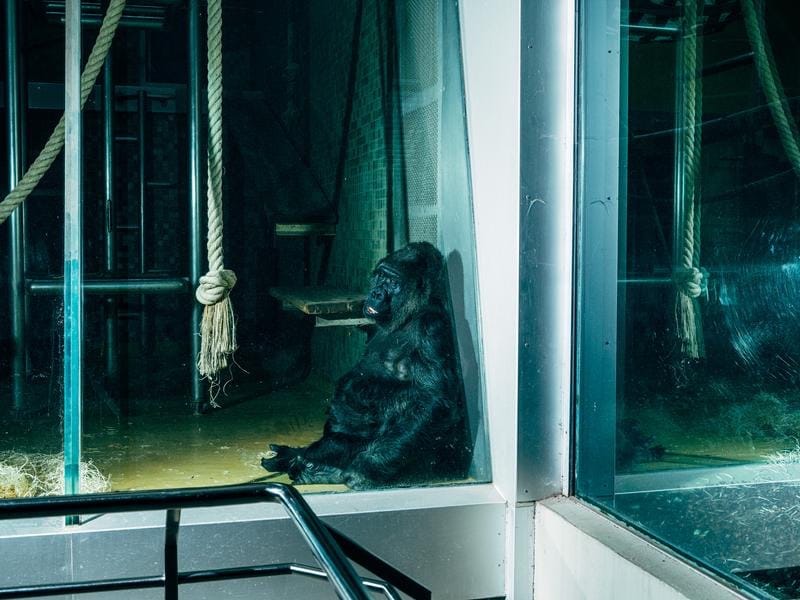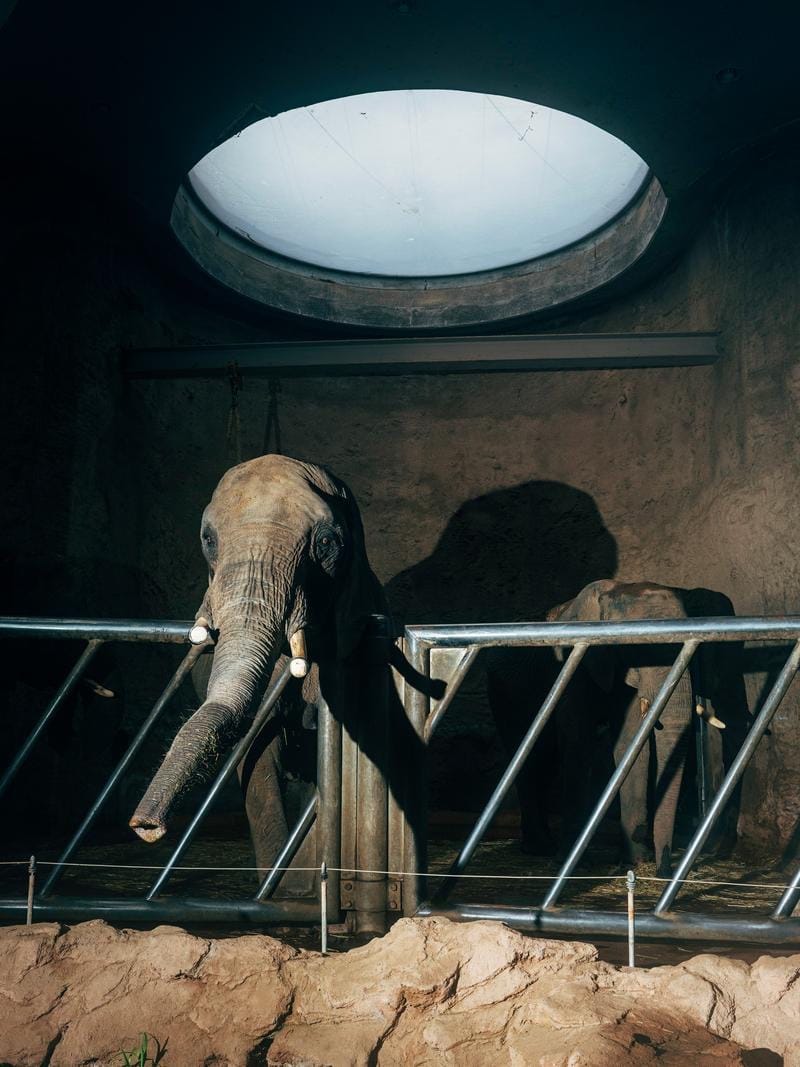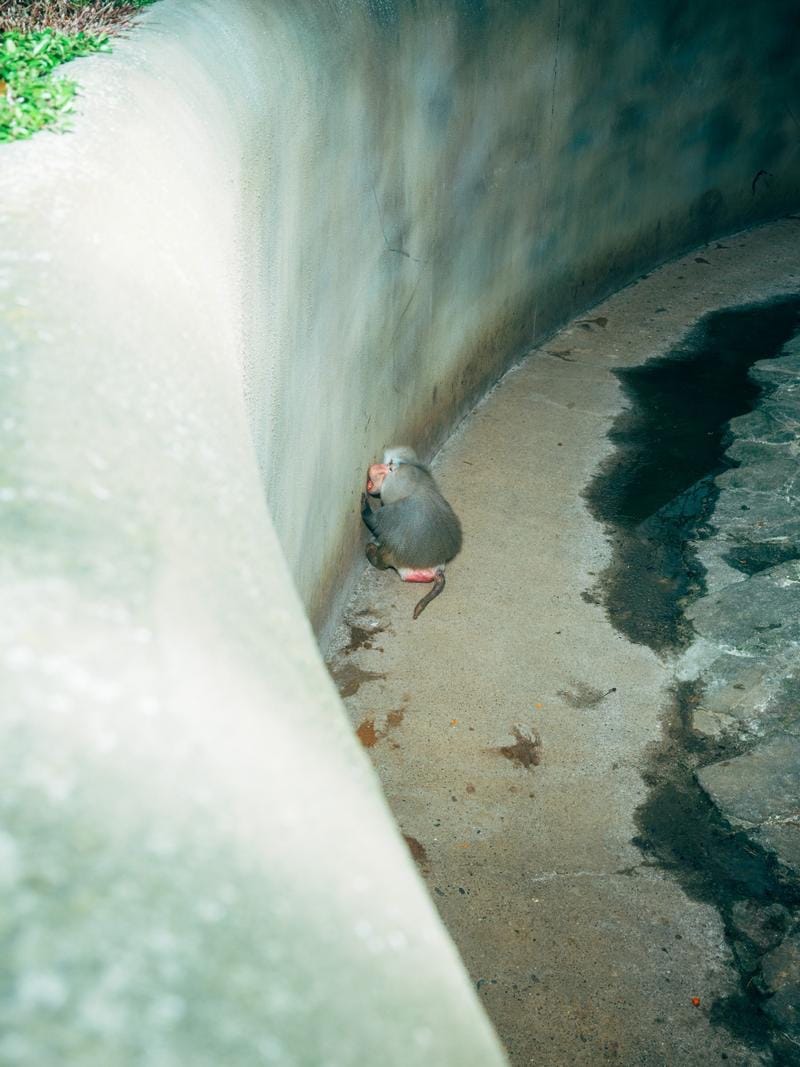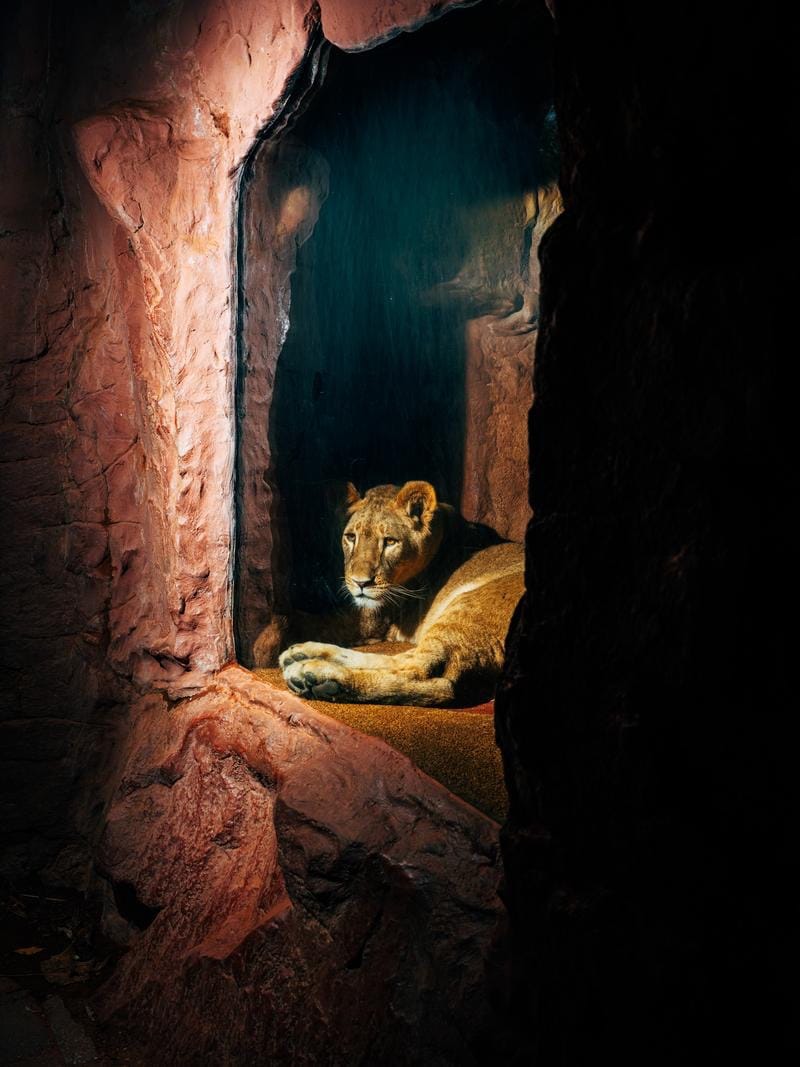Right after the COVID-19 pandemic, Berlin, Germany based photographer Nikita Teryoshin set out to photograph zoos across Europe, creating a body of work titled Life Sentence. During the pandemic, zoos were some of the hardest hit recreational establishments, as a lack of ticket sales meant that they had to reduce animal care staff, and in some cases, also reduce the amount of animal feed. This led to a series of animal rights abuses, hence Teryoshin has made the on-going series advocates for animal rights within the concrete, glass, and iron confines of zoo enclosures.

These photographs question if a zoo’s missions to contribute to conservation and scientific research have indeed been met, or if they have instead been stubbornly clinging to their colonial European heritage, where animals were brought from European colonies for mere entertainment. All this is why Life Sentence by Nikita Teryoshin is aligned with the United Nations Sustainable Development Goal of Life on Land.

Teryoshin’s photographs appear moody and dark, with animals being dominated and constrained by their environment. These photos look like documentary photographs of people by Luis Bustamante from the 1970s, which he did as a way to connect with the British people when he first arrived there as a political refugee from Chile. Bustamante’s photographs were a product of his anxieties, a way for an outsider to look in and try to find a sense of belonging. In short, it was a way for him to reconcile his feelings of alienation, hence the photographed people look like they are separated from the rest of the world.

In Teryoshin’s Life Sentence it is the animals he has photographed that appear alienated. The animal in his photos look on forlornly, out at the water or helplessly leaning against the walls of their enclosures. They are alienated from their natural habitat, from other animals and from a healthy and fulfilling life. In 2014, a shocking New York Times article revealed that 3,000 to 5,000 animals are euthanized in European zoos each year. Ten years later, Teryoshin’s Life Sentence asks if things have improved for these animals.

Nikita Teryoshin's Life Sentence serves as a poignant and unsettling examination of the grim reality faced by animals in zoos across Europe. Through his dark, moody photographs, Teryoshin highlights the profound alienation and suffering these animals endure, raising critical questions about the true purpose of zoos in modern society. His work challenges the narrative that zoos contribute to conservation and scientific research, instead exposing their lingering colonial roots and the ongoing injustices within these enclosures. By drawing parallels with human experiences of alienation and confinement, Teryoshin underscores the moral imperative to rethink and reform how we treat animals in captivity.
Find out more about Life Sentence and other pieces by Nikita Teryoshin on his website www.nikitateryoshin.com or Instagram @teryoshi.
